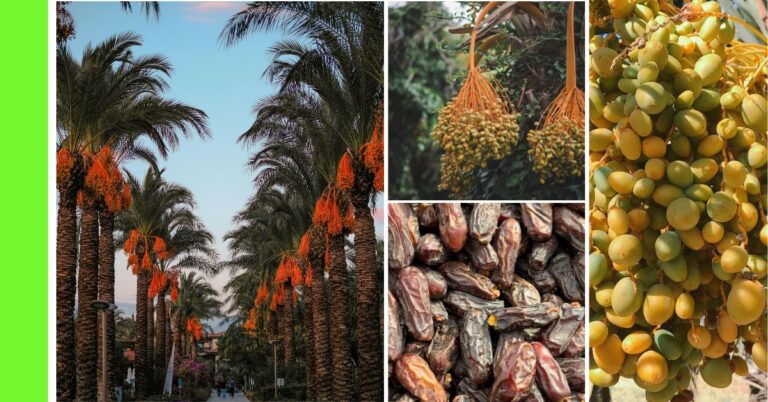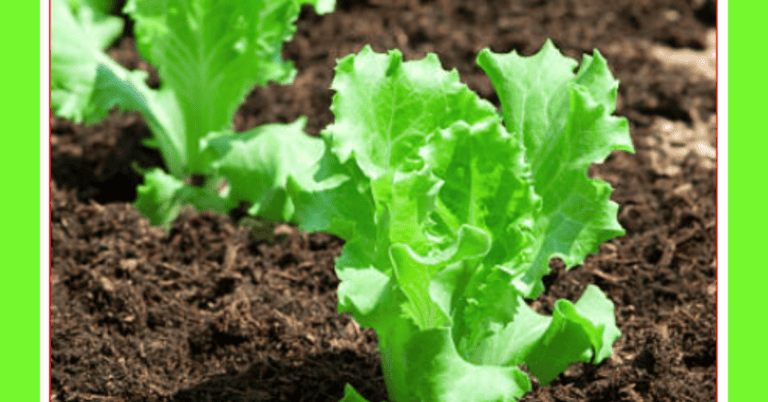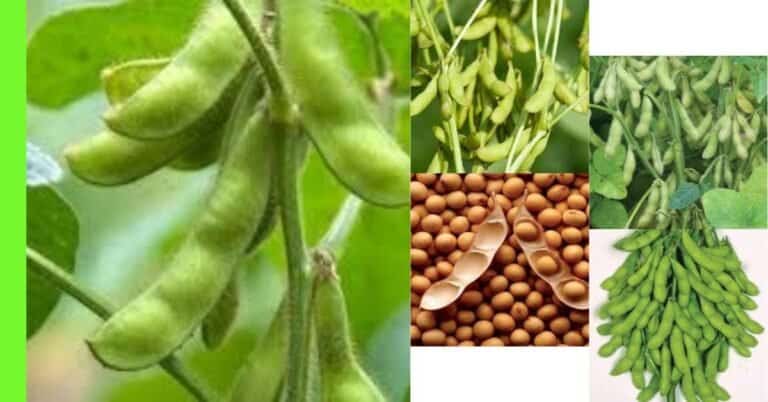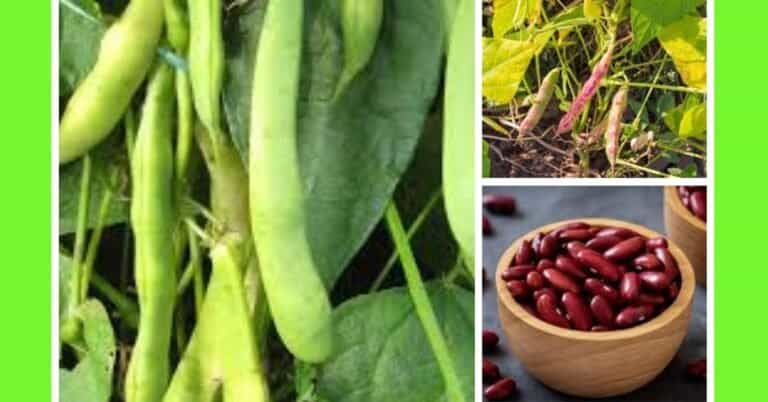Planting Banana: See How To Plant Banana

Banana (Musa acuminata) is a common fruit in Nigeria,
It’s one of the fruits I’m sure you’ll love to grow in your garden
And also very profitable when grown in commercial quantities.
Growing banana in your farm is quite simple to do,
At least two – three banana plants should do for a family of four
Banana plants are very similar to plantain plants but there are slight differences and the fruits are very different.
See also how to plant plantain.
Follow the steps below to grow bananas successfully and thank us later.
As we always do before we begin planting, let’s look at a proper description of a banana plant.
Description of Banana Plant
The banana plant is an upright plant with height between 1.8 m (6 ft) to 6 m (20 ft) depending on the variety.
The trunk or stem are called pseudostems, this means they are false stems made of rolled bases of leaves.
The leaves are light green in colour and arranged in a spiral pattern,
They are oblong or elliptical in shape,
It has simple leaf, the leaves are smooth and broad
Banana leaves are made up of the stalk and blade,
It’s the base of the stalk that forms the sheath, this envelope of stalks form the trunk.
The plant has about 8 to 12 leaves
The flowers are yellowish white and are been protected by a purple – red husk
This husk occurs at the end of a long stalk
From it emerges the flowers which produce bunches of 30 to 100 or more individual fruits.
The fruits are long, between 2 cm in length. They are have a cream or white flesh when peeled
The outer skin is green when unripe and turns yellow when ripe.
Planting Season for Banana
It’s best to plant bananas during the rainy season from April – September,
Although Bananas can be planted at any time of the year but planting outside the rainy season will require irrigation.
Planting Banana
Step 1 – Choose a Location
Select a spacious spot as one banana plant will produce several other plants
A well drained soil, although bananas can withstand flood but not for a very long period of time.
Loamy soil and a soil rich in organic matter
Choose a location where it has adequate sunlight, they are tropical plants
A well aerated soil.
Bananas grow in all regions in Nigeria.
Step 2 – Land Clearing and Preparation
Before you plant, clear and prepare the soil for planting
Cut down shrubs and grasses, ensure the area is clear
Till the soil properly
Apply a good quantity of manure to the soil after tilling.
Step 3 – Means of Propagation
Banana is propagated through suckers (rhizomes), these are young shoots from the base of a matured banana plant.
Step 3a – Sucker Selection when Planting Banana
Decide on which variety to grow, there are several varieties in Nigeria
Some examples of the varieties are Cavendish, Cavendish Dwarf, Giant Horn, Blue Java, Barangan, Gold Finger, Manzano.
Get suckers from an existing banana plant or from garden or farm stores.
Ensure its disease resistance.
Step 4 – Plant the Sucker
To plant the banana sucker
Dig the ground about 40 cm (15.7 in) – 60 cm (23.6 in) below ground level, depending on the size of the sucker.
Add manure and topsoil into the hole to fill up about half of the hole
Place the sucker into the soil.
Fill up the remaining part of the soil with soil.
Spacing between banana plants ranges from 1.5 m (5 ft) to 3 m (10 ft) between plants depending on the variety.
Step 5 – Watering
Water the plant immediately after planting
While growing, banana trees require regular water, especially during the first three months.
Watering should be done every 2 to 3 days.
If planting was done during the rainy season there may be no need to water since the rains are doing the job.
Except where the rains have not been present for a good while, ensure to water the plant.
Step 6: Apply Manure
The plant needs a good amount of potassium, nitrogen, magnesium, calcium and phosphorus.
Applying manure to the soil is the way to provide this nutrient for the plant
Farmyard manure is appropriate for this plant
Step 7: Weeding
Weed regularly especially at the early growth period of the plant
As it begins to grow and produce leaves they serve as shade and prevent weed growth.
Mulching is a good way to control and prevent weed.
Do not allow weeds to compete for nutrients with the plant.
Step 8: Stacking
Because the stems of banana plant are not so strong they are sometimes affected by the wind
or if the banana fruit is heavier than the stem can carry
under this conditions the plant will require staking
bamboo stick can be used for it.
Maturity and Harvest
The banana plant begins to flower between 6 – 7 months after planting depending on the variety.
The fruits appear between 8 – 12 months after planting.
Bananas are harvested green
And ripen off the tree this is to avoid waste as they begin to go bad rapidly after ripening.
To tell if the banana is ready for harvest since its harvested green
When the flowers at the end of the fingers have dried and can be removed easily by rubbing it off.
Secondly when the fingers have stopped growing and are full and rounded.
When growing they are flat and angular when they begin to mature the get rounded
The extent of this depends on the variety.
Harvest about 4 to 5 weeks after you notice these signs mentioned above.
To harvest bananas, use a cutlass or knife to cut the full bunch off the stalk.
Store in a shaded place to ripen.
One banana plant produces one bunch of bananas that can have from 40 to 200 fingers depending on the species.
The banana plant is then cut off and new shoots (suckers) replace older ones and produce the next season.
Pest and Diseases
Pests
Some of the pest that affect banana include
- Weevil
- Aphids
- Nematodes
- Beetle
- Thrips
Diseases
Some of the diseases that affect banana include
- Anthracnose
- Fusarium Wilt
- Black Sigatoka
- Rhizome Rot
- Bunchy Top
Pest and Disease Control
- Increase plant spacing to improve air circulation
- Use disease free suckers
- Plant less susceptible varieties
- Destroy the infected plants to prevent spread of disease
I hope you find this article helpful?








